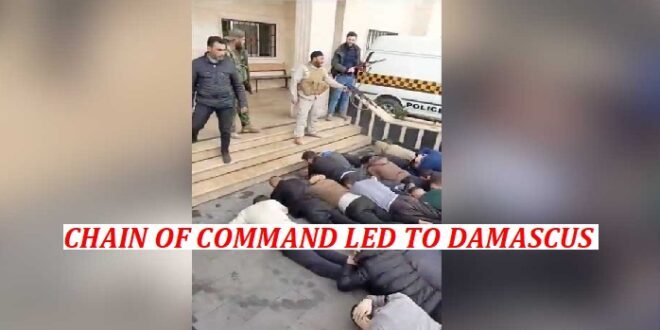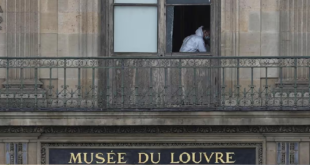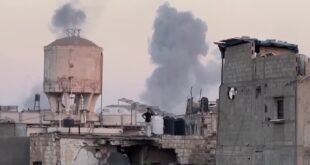02-07-2025
DAMASCUS/ LATAKIA: The young man’s heart was sliced from his chest and placed on his body. His name was No. 56 on a handwritten list of 60 dead that included his cousins, neighbors and at least six children from their coastal Syrian village.
The men who killed 25-year-old Suleiman Rashid Saad called his father from the young victim’s phone and dared him to fetch the body. It was next to the barbershop.
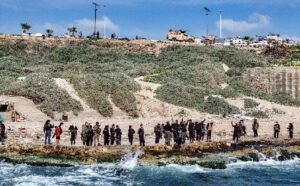 “His chest was wide open. They cut out his heart. They put it on top of his chest,” said his father, Rashid Saad. It was late afternoon on March 8 in the village of Al-Rusafa. The killings of Alawites were nowhere near over.
“His chest was wide open. They cut out his heart. They put it on top of his chest,” said his father, Rashid Saad. It was late afternoon on March 8 in the village of Al-Rusafa. The killings of Alawites were nowhere near over.
The slaughter of Suleiman Rashid Saad was part of a wave of killings by Sunni fighters in Alawite communities along Syria’s Mediterranean coast from March 7 to 9. The violence came in response to a day-old rebellion organized by former officers loyal to ousted President Bashar al-Assad that left 200 security forces dead, according to the government.
A Reuters investigation has pieced together how the massacres unfolded, identifying a chain of command leading from the attackers directly to men who serve alongside Syria’s new leaders in Damascus. Reuters found nearly 1,500 Syrian Alawites were killed and dozens were missing. The investigation revealed 40 distinct sites of revenge killings, rampages and looting against the religious minority, long associated with the fallen Assad government.
The days of killing exposed the deep polarization in Syria that its new government has yet to overcome, between people who supported Assad, whether tacitly or actively, and those who hoped the rebellion against him would ultimately succeed. Many in Syria resent Alawites, who enjoyed disproportionate influence inside the military and government during Assad’s two-decade rule.
The Reuters findings come as the Trump administration is gradually lifting sanctions on Syria that date back to Assad’s rule. The rapprochement is an awkward one for Washington; Syria’s new government is led by a now-dissolved Islamist faction, formerly known as Hayat Tahrir al-Sham, or HTS, which was previously al-Qaeda’s Syria branch, known as the Nusra Front.
The group, formerly led by new Syrian President Ahmed al-Sharaa, has been under UN sanctions since 2014. Al-Sharaa, a Sunni Muslim like the majority of Syrians, became president in January after leading a surprise offensive that culminated in the collapse of Assad’s government and the capture of Damascus.
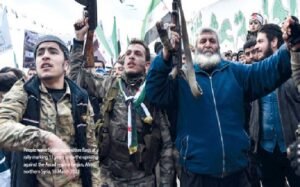 At least a dozen factions now under the new government’s command, including foreigners, took part in the March killings, Reuters found. Nearly half of them have been under international sanctions for years for human rights abuses, including killings, kidnapping, and sexual assaults.
At least a dozen factions now under the new government’s command, including foreigners, took part in the March killings, Reuters found. Nearly half of them have been under international sanctions for years for human rights abuses, including killings, kidnapping, and sexual assaults.
Syria’s government, including the Defense Ministry and president’s office, did not respond to a detailed summary of the findings of this report or related questions from Reuters about the role of government forces in the massacres.
In an interview with Reuters just days after the killings, al-Sharaa denounced the violence as a threat to his mission to unite the country. He promised to punish those responsible, including those affiliated with the government if necessary.
“We fought to defend the oppressed, and we won’t accept that any blood be shed unjustly, or goes without punishment or accountability, even among those closest to us,” he said. Among the units Reuters found to be involved were the government’s General Security Service, its main law-enforcement body back in the days when HTS ran Idlib and now part of the Interior Ministry; and ex-HTS units like the elite Unit 400 fighting force and the Othman Brigade. (Reuters)
 Pressmediaofindia
Pressmediaofindia
